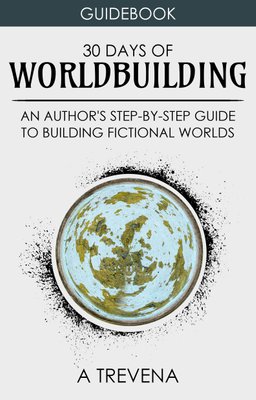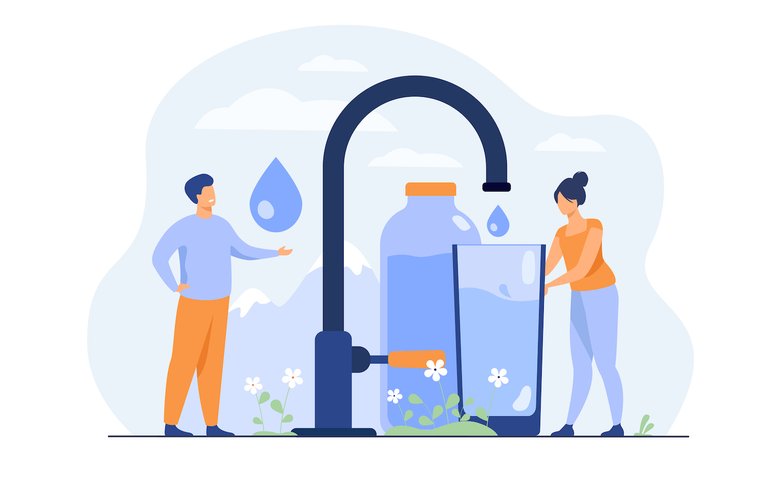Why worldbuilding? I happened upon a book by Angeline Trevena, called 30 Days of Worldbuilding - An Author’s Step-by-Step Guide to Building Fictional Worlds, and figured I might give it a try. Not that I plan to become an author or game designer or anything, but having an extra world to escape to when the regular one is less than ideal sounds like a good idea.

This guidebook is broken into 30 easy, manageable prompts for you to complete. If you work your way through, simply completing one prompt per day, by the end of the month, you will have a strong, solid basis to your world. From there, you can grow it more.
You can get your own copy here: stepbystepworldbuilding.com
To avoid copy-pasting and plagiarism, I'll only share the chapter title for each day, not any of the hints and clues and helpful information from the book.
Day 3: Water sources
This town is located near a fresh water lake, and there's plenty of water underground too. How the initial settlers knew that, you'd have to ask them. Maybe they noticed that the trees were taller and the grass greener in this spot, and figured that there must be water easily accessible? Or maybe they just got lucky?

Image by pch.vector on Freepik:
These days there are a lot of publically owned cisterns in the town and nearby, which collect rain water. There's also a water cleaning plant at the edge of the lake, which filters and purifies water both from the cisterns and the lake itself, before pumping it into the town's water supply. As a matter of fact, this town produces more clean water than it uses, and trades or sells the excess to places less lucky for other things needed. 10% of the excess is put right back into the lake or ground water though, a little cleaner than before.
There's also a waste treatment plant, located at a fair distance both from the lake and the water cleaning plant - in case of accidents and leakages - which cleans everything from greywater to sewage, before sending the water on to the cleaning plant for final purification. Most of the stuff removed from the water at this plant is recycled as fertilizers, rare metals, or other useful things.
Fines for leaking excessive amounts of harmful substances into the sewage or wastewater are quiet high, to encourage industries to build their own water treatment and cleanup facilities or use privately owned ones, before sending the now relatively clean waste to the public facilities.
2: Draw a Map ← First post → 4: not yet published







